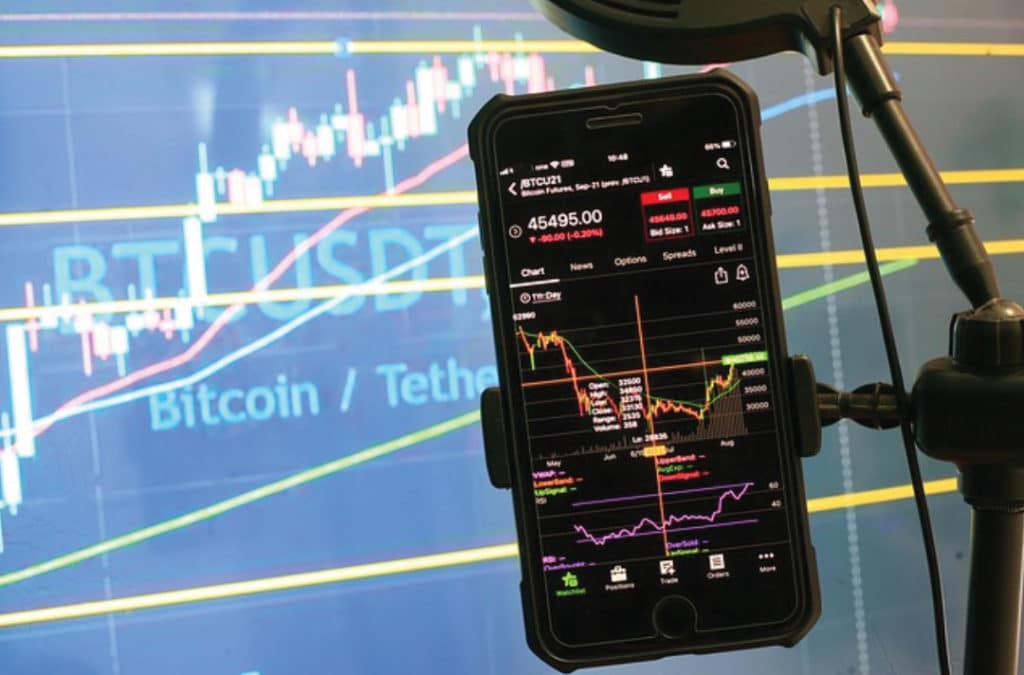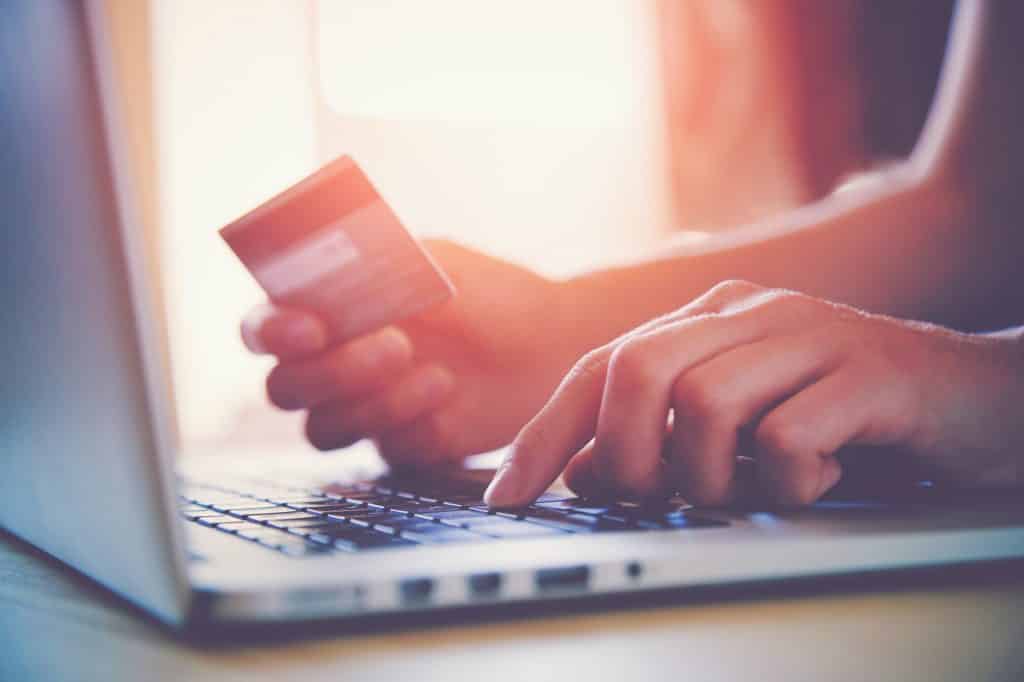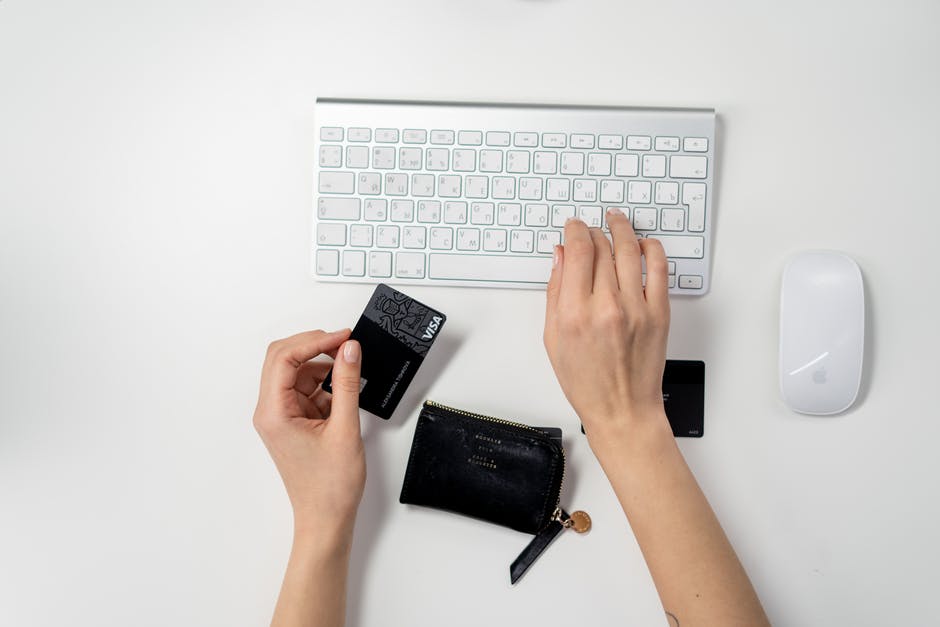Solid crypto trading strategies are necessary to trade successfully in the crypto market with so much volatility and uncertainty. With various approaches, it can be overwhelming for traders to determine which strategy suits them best. The following are the top 6 types of crypto trading strategies to choose from.

1. Swing Trading
Swing trading is a medium-term crypto trading strategy involving holding an asset for a few days or weeks to capitalize on price trend movements. Swing traders attempt to enter the market when the price is low and exit when the price reaches a peak. They capitalize on short-term trends to make quick profits over a few days or weeks, ultimately avoiding long-term commitments. They use indicators and technical analysis to identify the precise time to initiate a trade and employ stop losses to limit their losses. They often trade Bitcoin (BTC) or Ethereum (ETH) due to their high liquidity.
2. Day Trading Strategy
Day trading strategy involves buying and selling cryptocurrencies within the same trading day. Day traders typically execute several trades throughout the day and exit all positions by the end of the day. They focus on making small profits from each trade and limit their downside risk with stop losses.
Day trading requires extensive knowledge of technical analysis and can be emotionally challenging due to the need to make quick decisions based on market trends. That is why it is important to have a clear understanding of market structure. For example, if you are interested in Cardano, go through the Cardano price chart to better understand its history.
3. Arbitrage Trading Strategy
Arbitrage trading involves buying and selling cryptocurrency on different exchanges or markets to profit from price discrepancies. Arbitrage traders take advantage of temporary price anomalies by buying cryptocurrency on one exchange and selling it on another exchange at a higher price. With arbitrage trading, traders can make profits without risking their funds since they are guaranteed price differences that occur simultaneously. However, arbitrage traders must act quickly to capitalize on these opportunities.
4. Scalping
Scalping is a popular day trading strategy in which traders buy and sell frequently within short periods of time (seconds or minutes) to capitalize on small price movements. Scalpers try to make small profits multiple times a day. Scalpers need to have a clear exit strategy, as it only takes a small swing in the price against them, and they may end up incurring significant losses. Scalping requires excellent risk management skills and a significant amount of time to dedicate to trading throughout the day. While each trade may only yield a small profit, the cumulative effect can yield significant returns.
5. HODL
HODL stands for “Hold on for Dear Life.” HODL is the simplest crypto trading strategy where investors purchase a cryptocurrency, holding on to it for a long time without selling, despite price fluctuations. Traders believe in the long-term value of cryptocurrencies and often choose stablecoins to minimize the volatility in their crypto portfolio. HODLing is a passive investment strategy that involves minimal effort, as investors must monitor the market for news events that may affect prices.
6. Leverage Trading
Leverage trading involves borrowing funds to increase the size of a trade. It allows traders to amplify profit potential by borrowing money based on their trading position. Leverage traders can enjoy sizable gains on a relatively small investment. However, with proper management, traders can maximize their profits from leverage trading; using tight stop losses, taking advantage of larger margin levels, and diversifying their portfolio by investing in various cryptocurrencies. Leverage trading suits experienced crypto traders with effective money management strategies and an understanding of the risks involved.
Endnote
When choosing a crypto trading strategy, understand each strategy’s risk and reward potential. It is also essential to consider market conditions when selecting a strategy since some may perform better than others in certain situations. Research and understand the crypto markets before engaging in any form of cryptocurrency trading. As with any other investment, always remember to diversify your portfolio across different assets to reduce risks associated with exposure to one asset type or market trend.








